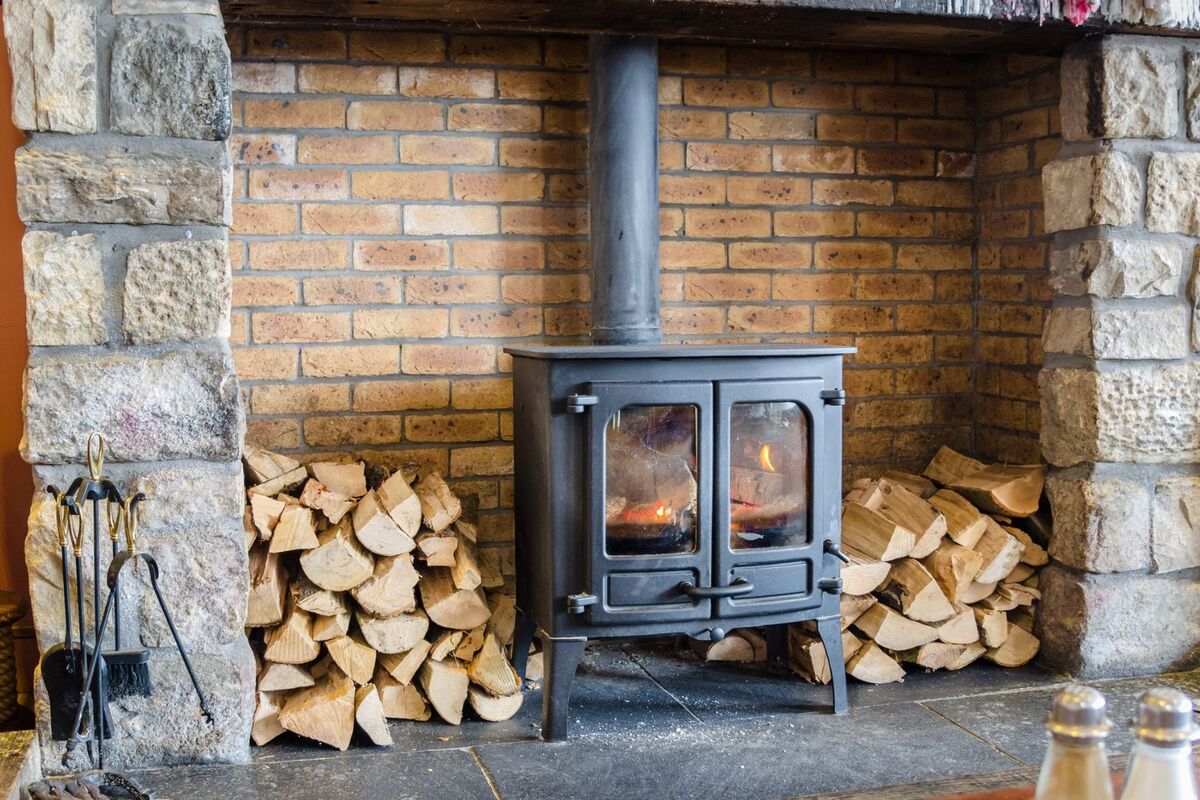

Articles
How Much To Install Wood Burning Fireplace
Modified: February 24, 2024
Looking for articles on how much it costs to install a wood burning fireplace? Discover everything you need to know about installation expenses and budgeting.
(Many of the links in this article redirect to a specific reviewed product. Your purchase of these products through affiliate links helps to generate commission for Storables.com, at no extra cost. Learn more)
Introduction
Installing a wood burning fireplace in your home can not only add warmth and ambiance but also increase the value of your property. Whether you’re looking to create a cozy gathering spot in your living room or simply enjoy the crackling sound of a fire on a cold winter night, a wood burning fireplace can be a great addition to your space.
However, before you embark on the journey of installing a wood burning fireplace, it’s important to understand the factors that can affect the cost of the installation. From the cost of materials to labor expenses, there are various elements to consider when budgeting for this project.
In this article, we will explore the factors that can impact the cost of installing a wood burning fireplace, as well as additional costs to consider. We will also discuss the factors to keep in mind when choosing a wood burning fireplace and whether to opt for a DIY installation or hire a professional. Lastly, we will outline the steps involved in the installation process.
By the end of this article, you’ll have a comprehensive understanding of the cost and considerations involved in installing a wood burning fireplace, helping you make an informed decision about this exciting addition to your home. So, let’s dive in and explore the world of wood burning fireplaces!
Key Takeaways:
- Installing a wood burning fireplace involves considering factors like type, location, materials, and labor costs. Proper budgeting and understanding of maintenance needs are crucial for a successful installation.
- Choosing between DIY and professional installation requires weighing cost savings against safety and expertise. Careful planning, adherence to local codes, and ongoing maintenance ensure a rewarding fireplace experience.
Read more: How To Install Wood Burning Fireplace
Factors Affecting the Cost of Installing a Wood Burning Fireplace
The cost of installing a wood burning fireplace can vary depending on various factors. It’s important to consider these factors to accurately estimate the expenses involved in the project. Here are some key factors that can affect the cost of installing a wood burning fireplace:
1. Type of Fireplace: The type of wood burning fireplace you choose will have a significant impact on the overall cost. Options range from traditional masonry fireplaces, which require professional installation and can be more expensive, to prefabricated fireplaces that come in kits and offer a more cost-effective solution.
2. Location and Size: The location where the fireplace will be installed and the size of the fireplace will also affect the cost. If the installation requires extensive modifications to the existing structure or if additional venting is needed, it can increase the overall expenses.
3. Chimney and Venting: Proper venting is essential for the safe operation of a wood burning fireplace. If your home doesn’t have an existing chimney, the cost of building a new chimney or installing a flue liner will need to be considered. The length and complexity of the venting system can also impact the cost.
4. Materials Used: The materials used for the fireplace surround and hearth can significantly impact the cost. Options range from basic brick or stone to higher-end materials like marble or granite. The type of wood used for the mantel and any additional decorative elements will also influence the overall expense.
5. Code Requirements: Local building codes and regulations may dictate specific requirements for fireplace installations. This can include fire safety measures, clearance distances from combustible materials, and permits. Compliance with these codes may add to the cost of the installation.
6. Accessibility: The accessibility of the installation area can affect the cost. If the installation requires navigating tight spaces or involves challenging access to the construction site, it may require additional time and labor, thus increasing the overall cost.
7. Additional Features: The inclusion of additional features such as a blower to improve heat circulation, a glass door for added safety, or a fireback for enhanced efficiency can add to the cost of the installation.
It’s essential to consider these factors when budgeting for a wood burning fireplace installation. By understanding these considerations, you’ll be better equipped to estimate the costs involved and make informed decisions throughout the project.
Cost of Materials for Wood Burning Fireplace Installation
When planning for the installation of a wood burning fireplace, it’s important to consider the cost of materials. The materials you choose will not only impact the aesthetics and functionality of your fireplace but also contribute to the overall expenses of the project. Here are some of the main materials involved in the installation and their potential costs:
1. Fireplace Unit: The cost of the fireplace unit itself will vary depending on the type and quality you choose. Prefabricated fireplaces are generally more affordable compared to custom-built masonry fireplaces. Depending on the brand and features, the cost of a wood burning fireplace unit can range from a few hundred to several thousand dollars.
2. Chimney System: For proper ventilation, you’ll need a chimney system. If your home doesn’t already have a chimney, you’ll need to consider the cost of building a new one or installing a stainless steel flue liner. The cost of a chimney system can vary depending on the height, type, and materials used. On average, a chimney system can cost between $1,000 and $5,000, including installation.
3. Fireplace Surround: The materials used for the fireplace surround not only enhance the aesthetic appeal but also provide protection. Common options include brick, stone, tile, or cast iron. The cost will depend on the type and quality of the materials chosen. As a rough estimate, the fireplace surround materials can range from $500 to $3,000 or more, depending on the size and complexity of the design.
4. Hearth: The hearth, which is the floor area in front of the fireplace, can be constructed using materials like concrete, marble, granite, or tile. The cost of the hearth material will depend on the size, type, and thickness. Expect to allocate around $500 to $2,000 for a quality hearth material.
5. Mantel: The mantel provides a decorative element to the fireplace and can be made of materials such as wood, stone, or marble. The cost will vary based on the size, design, and material selected. A basic wood mantel can start at around $200, while more elaborate options or premium materials can range from $1,000 to $5,000 or more.
6. Accessories: Accessories like fireplace screens, grates, and tools may also be required. The cost will vary depending on the quality and style. Plan to allocate around $100 to $500 for these fireplace accessories.
Remember that these cost estimates are rough ranges and can vary based on factors such as the region you live in, the specific materials chosen, and any additional customization or special requirements for your installation. It’s always a good idea to consult with a professional or research local suppliers to get accurate pricing information for your specific project.
By considering the cost of materials, you can better estimate the overall expenses of installing a wood burning fireplace and ensure that your budget aligns with your desired fireplace design and functionality.
Cost of Labor for Wood Burning Fireplace Installation
When planning for the installation of a wood burning fireplace, it’s important to factor in the cost of labor. While some homeowners may consider a DIY approach to save money, hiring a professional for the installation can ensure a safe and efficient process. The cost of labor can vary depending on several factors, including the complexity of the installation and your location. Here are some key considerations regarding the cost of labor for wood burning fireplace installation:
1. Professional Installation: Hiring a professional ensures that the installation is done correctly, minimizing the risk of structural or safety issues. The cost of professional installation can vary depending on the experience and reputation of the contractor, as well as the size and complexity of the project. On average, expect to budget approximately $1,500 to $5,000 for labor costs.
2. Complexity of the Installation: The complexity of the installation can impact the labor cost. If the installation requires extensive modifications to the existing structure, such as constructing a new chimney or venting system, the labor cost will likely be higher. Additionally, if the installation location is challenging to access, such as in a multi-story house, it may require more time and effort, increasing the overall labor cost.
3. Regional Factors: Labor costs can vary depending on your location and the prevailing rates in your area. In regions where labor is generally more expensive, such as major cities, you can expect higher labor costs compared to rural areas. It’s important to research and gather quotes from local contractors to get a better understanding of the labor expenses specific to your region.
4. Removal of Existing Fireplace: If you’re replacing an old fireplace or removing an existing one before installing a new wood burning fireplace, there will be additional labor costs involved. The removal process can be time-consuming, especially if it’s a masonry fireplace. The cost for removing an existing fireplace can range from $500 to $2,000 or more, depending on the complexity of the removal and the materials involved.
5. Additional Services: Depending on your specific needs, you may require additional services such as electrical wiring for lighting or gas line installation. These additional services will incur extra labor costs. It’s essential to discuss your requirements with the contractor and obtain a detailed quote to determine the labor expenses accurately.
Remember that the cost of labor is an important consideration in the overall budget for your wood burning fireplace installation. While DIY installation may seem cost-effective, it’s crucial to weigh the risks and complexities involved. Hiring a professional ensures that the installation is done safely and efficiently, giving you peace of mind and ensuring the long-term functionality of your wood burning fireplace. Be sure to research and compare quotes from reputable contractors to find the best balance between quality and cost.
Additional Costs to Consider
When planning for the installation of a wood burning fireplace, it’s essential to consider additional costs that may arise throughout the project. These costs can vary depending on factors such as your specific needs, the condition of your home, and any additional features or requirements you have. Here are some common additional costs to consider:
1. Permits and Inspections: Depending on your local regulations, obtaining permits for the installation of a wood burning fireplace may be required. Permit fees can range from $100 to a few hundred dollars. Additionally, some areas may require inspections during and after the installation process, which may incur additional costs.
2. Ventilation Upgrades: If your home doesn’t have an existing chimney or if the current chimney doesn’t meet code requirements, you may need to invest in ventilation upgrades. This can involve installing a new chimney system or adding a flue liner to ensure proper ventilation. The cost will depend on the complexity of the installation and the materials needed.
3. Structural Modifications: In some cases, installing a wood burning fireplace may require structural modifications to your home. This can include reinforcing the floor or altering the wall to accommodate the fireplace and chimney. The cost will depend on the extent of the modifications needed and the materials required.
4. Firewood and Maintenance: Once your wood burning fireplace is installed, you’ll need a continuous supply of firewood to keep it running. The cost of firewood can vary depending on your location, the type of wood, and the amount required. Additionally, regular maintenance like chimney sweeps and inspections should be factored into your budget.
5. Energy Efficiency: While wood burning fireplaces provide a cozy warmth, they can also be inefficient in terms of energy usage. To improve energy efficiency, you may consider investing in accessories like a blower or an energy-efficient insert. These additional features will incur extra costs but can help reduce energy consumption and increase heating efficiency.
6. Insurance and Liability: Installing a wood burning fireplace may also impact your homeowner’s insurance. It’s important to consult with your insurance provider to understand any changes or additional coverage required. Additionally, hiring a reputable contractor who carries liability insurance is essential to protect both you and the contractor during the installation process.
By considering these additional costs, you can better budget for your wood burning fireplace installation. It’s recommended to consult with professionals and obtain detailed quotes to ensure that all potential expenses are accounted for. Proper planning and budgeting will help you avoid unexpected costs and ensure a smooth and successful fireplace installation.
When considering the cost to install a wood-burning fireplace, be sure to factor in the price of the fireplace itself, installation labor, chimney construction, and any necessary permits. It’s also important to consult with a professional to ensure the installation meets safety regulations.
Read more: How To Use A Wood Burning Fireplace
Factors to Consider When Choosing a Wood Burning Fireplace
When selecting a wood burning fireplace for your home, there are several important factors to consider. It’s crucial to choose a fireplace that not only meets your aesthetic preferences but also aligns with your heating needs and the available space in your home. Here are some key factors to consider when choosing a wood burning fireplace:
1. Heating Efficiency: Consider the heating efficiency of the fireplace. Look for models that are EPA-certified, as they are designed to burn wood more efficiently and produce less pollution. You can also opt for fireplaces with added features such as inserts or blowers, which can help distribute heat more effectively throughout the room.
2. Size and Installation Space: Assess the available space in the room where you plan to install the fireplace. Consider the dimensions of the fireplace and ensure it fits appropriately. Additionally, consider the clearance requirements and any necessary ventilation needs. Smaller spaces may require a compact fireplace, while larger rooms can accommodate larger and more elaborate fireplace designs.
3. Aesthetics and Design: Choose a wood burning fireplace that complements the overall style and décor of your home. Consider the materials, finishes, and design features, such as mantel options and architectural details. Whether you prefer a traditional or contemporary look, there is a wide range of options to choose from to suit your personal style.
4. Heating Capacity: Evaluate the heating capacity of the fireplace. The heating capacity is measured in terms of BTUs (British Thermal Units) and indicates the amount of heat the fireplace can generate. Consider the size of the room or area you want to heat and ensure the fireplace can adequately meet your heating needs.
5. Safety Features: Look for fireplaces with built-in safety features such as glass doors and spark screens. These features help contain sparks and embers, reducing the risk of fire hazards. Additionally, consider fireplaces with heat-resistant materials to prevent accidental burns or damage to surrounding structures.
6. Fuel Source: Wood burning fireplaces require a steady supply of firewood. Consider the availability and cost of firewood in your area before opting for a wood burning fireplace. It’s important to ensure access to a reliable source of dry, seasoned firewood to ensure efficient and safe operation of your fireplace.
7. Maintenance and Upkeep: Wood burning fireplaces require regular maintenance, including chimney cleaning and ash removal. Consider the level of maintenance you’re willing to commit to, as well as the associated costs and time involved. If you prefer a lower-maintenance option, you can also explore gas or electric fireplace alternatives.
By carefully considering these factors, you can choose a wood burning fireplace that not only adds beauty and warmth to your home but also meets your functional needs and fits within your lifestyle. It’s recommended to consult with fireplace professionals who can provide guidance based on your specific requirements and provide you with options that best suit your preferences.
DIY vs Professional Installation
When it comes to installing a wood burning fireplace, you may find yourself wondering whether to tackle the project as a do-it-yourself (DIY) endeavor or hire a professional. Both options have their advantages and drawbacks, and the choice ultimately depends on factors such as your skill level, experience, and comfort with construction projects. Here are some key considerations for DIY vs professional installation:
DIY Installation:
1. Cost Savings: One of the main reasons homeowners choose DIY installation is the potential cost savings. By eliminating labor costs, you can save a significant amount of money. However, it’s important to note that a wood burning fireplace installation involves complex tasks, and any mistakes made during the process may result in costly repairs or safety issues.
2. Personal Satisfaction: DIY installation allows you to take full control of the project and experience the personal satisfaction of completing it yourself. If you enjoy hands-on projects and have experience with construction or similar tasks, DIY installation can be a fulfilling endeavor.
3. Learning Experience: Taking on a wood burning fireplace installation as a DIY project can provide valuable learning experiences. You can gain knowledge about the construction process, chimney systems, and fire safety practices. However, it’s crucial to educate yourself thoroughly before diving into the project to ensure proper installation and compliance with local building codes.
Professional Installation:
1. Safety and Expertise: Hiring a professional ensures that the installation is done correctly, adhering to safety standards and local building codes. Professional installers have the necessary knowledge, skills, and experience to handle all aspects of the project, including structural considerations and proper venting.
2. Time and Efficiency: Installing a wood burning fireplace can be a time-consuming task, particularly for those without prior experience. Hiring professionals allows you to save time and avoid potential delays or setbacks. They have the expertise to complete the installation efficiently, giving you peace of mind and ensuring that the fireplace is ready for use as quickly as possible.
3. Guarantees and Warranties: Professional installation often comes with guarantees and warranties, providing added protection and assurance. If any issues arise after the installation, you can rely on the expertise of the professionals to address and resolve them.
4. Access to Resources: Professionals typically have access to a wider range of resources, including specialized tools, materials, and industry connections. They can provide recommendations on suitable fireplace options, materials, and accessories based on your specific needs and preferences.
Ultimately, the decision between DIY and professional installation depends on your level of experience, confidence, and comfort with construction projects. While DIY installation can save costs and provide a sense of accomplishment, it requires proper research, preparation, and understanding of safety protocols. Professional installation ensures a high-quality and safe installation, allowing you to enjoy your wood burning fireplace without the stress of potential errors or hazards. Consult with professionals to discuss your project needs and budget to make an informed decision that aligns with your goals and capabilities.
Steps Involved in Installing a Wood Burning Fireplace
Installing a wood burning fireplace requires careful planning, preparation, and attention to detail. While the specific steps may vary depending on the type of fireplace and your unique circumstances, here is a general outline of the process involved in installing a wood burning fireplace:
1. Evaluation and Design: Start by evaluating the space where you want to install the fireplace. Consider factors such as the available square footage, accessibility, and existing structural elements. Determine the appropriate size and design of the fireplace that best fits your space and aesthetic preferences.
2. Obtain Permits and Assess Code Compliance: Before starting the installation, check with your local building authority to determine the necessary permits and ensure compliance with local codes and regulations. This step ensures that your fireplace installation is safe and meets all legal requirements.
3. Prepare the Installation Area: Clear the installation area and protect surrounding structures and flooring. If necessary, remove any existing fireplace or structural elements that may impede the installation process. Ensure proper ventilation and construct a hearth or fire-resistant base for the fireplace unit.
4. Install the Fireplace Unit: Follow the manufacturer’s instructions and guidelines to properly install the fireplace unit. This involves placing the fireplace unit in the designated area, securing it to the hearth or base, and ensuring proper alignment and clearance from combustible materials.
5. Venting System Installation: Install the venting system, including the chimney or flue liner, following proper sizing and installation guidelines. Ensure that the venting system provides adequate draft and ventilation to safely and efficiently remove smoke and combustion byproducts from the fireplace.
6. Build or Modify the Chimney: If your home doesn’t have an existing chimney, you may need to build a new one. Consult with a professional to determine the appropriate chimney design based on your fireplace and heating needs. Construct the chimney using appropriate materials and techniques to ensure proper draft and safety.
7. Install Surroundings and Finishing: Once the fireplace unit and venting system are in place, install the fireplace surround, including the mantel, brick or stone facade, or any other decorative elements. Finish the fireplace installation by adding any desired accessories such as a glass door, screens, or decorative trim.
8. Chimney Inspection and Testing: After the installation is complete, schedule a chimney inspection to ensure the chimney is structurally sound, properly sealed, and in compliance with safety standards. Test the fireplace to ensure it functions correctly and provides the desired heat output.
9. Finalize Permits and Compliance: Notify the relevant authorities to schedule a final inspection for code compliance. Once the installation passes inspection, obtain the necessary permits and certificates to demonstrate that your wood burning fireplace is installed safely and legally.
10. Ongoing Maintenance and Enjoyment: Regularly maintain your wood burning fireplace by cleaning the chimney, removing ashes, and ensuring proper airflow. Follow the manufacturer’s instructions for maintenance and safety to ensure the fireplace remains in optimal condition for years of enjoyment.
Remember, the installation process can vary depending on factors such as the type of fireplace and the specific requirements of your home. It’s vital to consult with professionals, including fireplace specialists and contractors, to ensure proper installation and compliance with local building codes. By following the appropriate steps and obtaining the necessary guidance, you can enjoy the beauty and warmth of your wood burning fireplace with peace of mind.
Conclusion
Installing a wood burning fireplace can be a wonderful addition to your home, providing warmth, ambiance, and even increasing your property’s value. However, it’s important to consider various factors and aspects before embarking on the installation process. By evaluating the costs, materials, labor, and additional considerations, you can make informed decisions and ensure a successful fireplace installation.
Factors such as the type of fireplace, location, materials, and code requirements can significantly impact the cost of the installation. It’s essential to properly assess your budget and research local suppliers and contractors to get accurate pricing information. Additionally, understanding the maintenance and ongoing costs, such as firewood and chimney maintenance, will help you prepare for the long-term upkeep of your wood burning fireplace.
Choosing between DIY and professional installation depends on your level of experience, comfort, and the complexity of the project. While DIY may offer cost savings and a sense of accomplishment, professional installation ensures safety, expertise, and guarantees for the installation process. It’s important to carefully weigh the pros and cons and choose the option that aligns best with your skills and comfort level.
The steps involved in installing a wood burning fireplace require careful planning, evaluation, and adherence to local codes. From evaluating the space and obtaining permits to installing the fireplace unit, venting system, and chimney, each step requires attention to detail to ensure proper functionality, safety, and compliance.
As you enjoy your wood burning fireplace, remember to prioritize ongoing maintenance and safety. Regular chimney cleaning and inspections, proper use of firewood, and adherence to manufacturer’s instructions will ensure the longevity and optimal performance of your fireplace.
In conclusion, installing a wood burning fireplace can be a rewarding and enjoyable project. By considering the various factors involved, making thoughtful decisions, and seeking professional assistance when needed, you can create a beautiful and functional fireplace that brings warmth, comfort, and joy to your home. Stay safe, follow local regulations, and embrace the cozy ambiance that a wood burning fireplace provides.
Frequently Asked Questions about How Much To Install Wood Burning Fireplace
Was this page helpful?
At Storables.com, we guarantee accurate and reliable information. Our content, validated by Expert Board Contributors, is crafted following stringent Editorial Policies. We're committed to providing you with well-researched, expert-backed insights for all your informational needs.
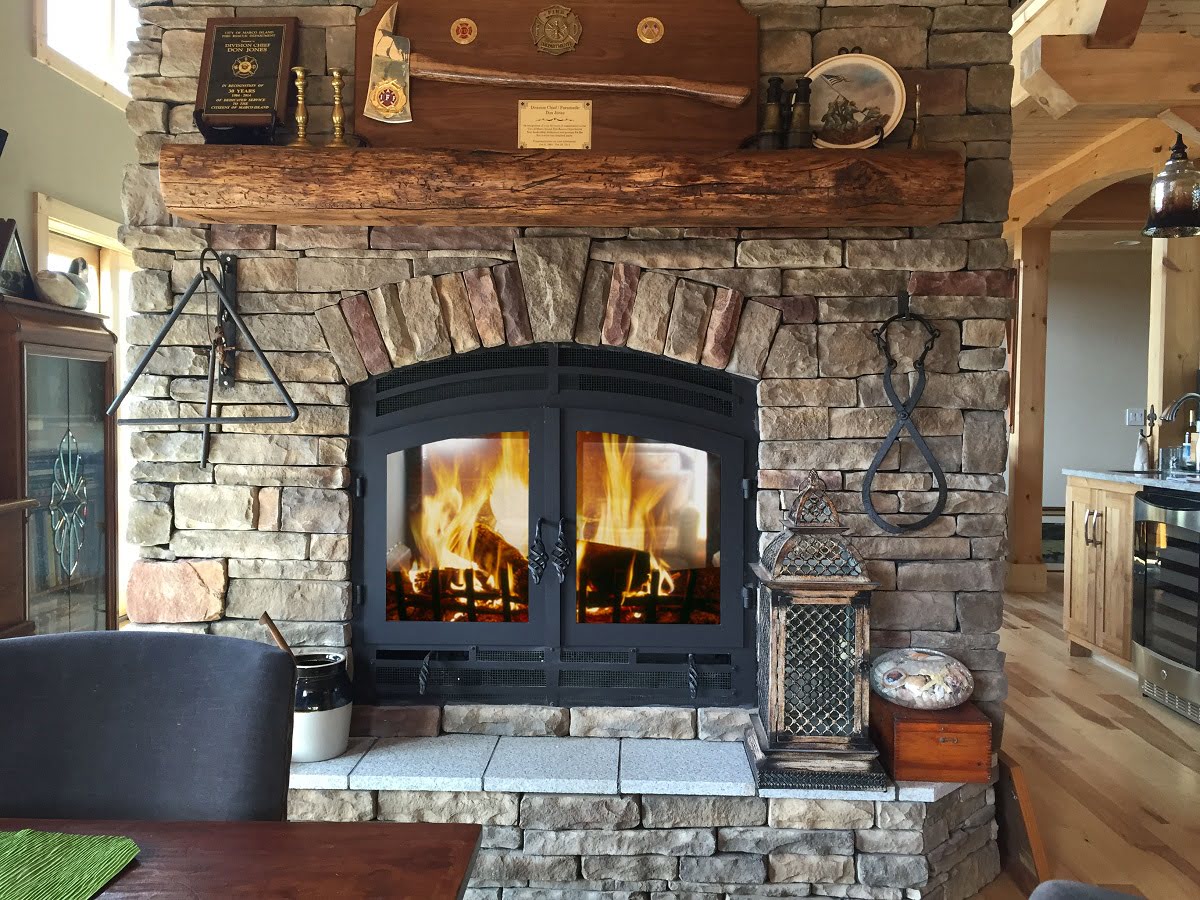
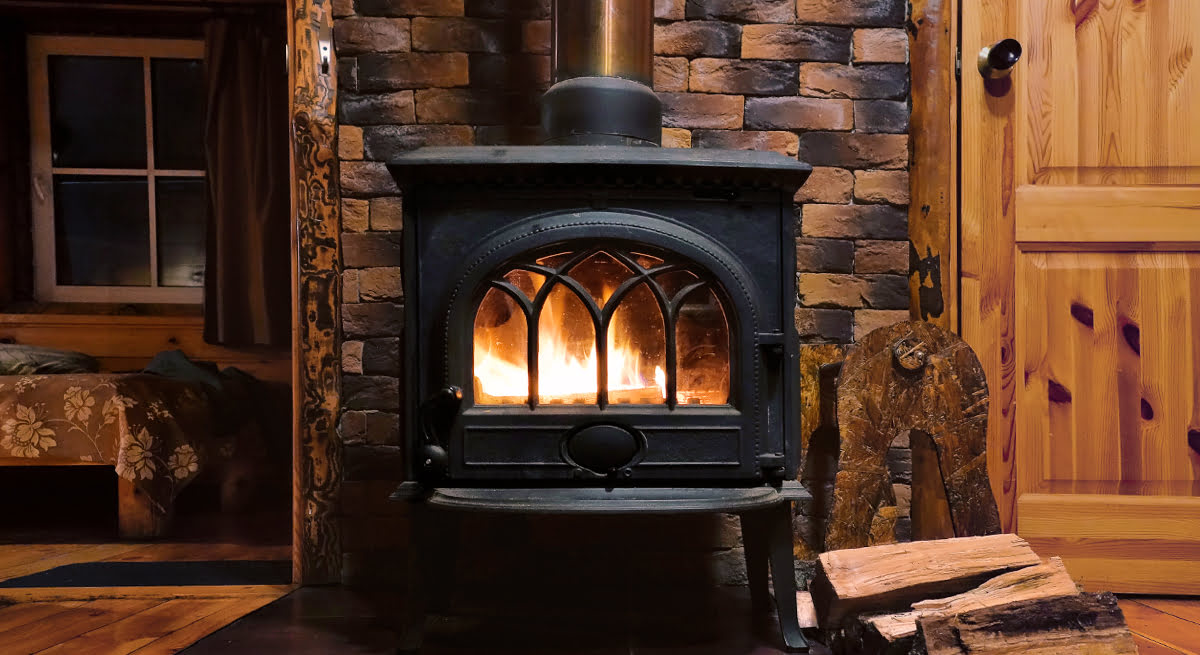
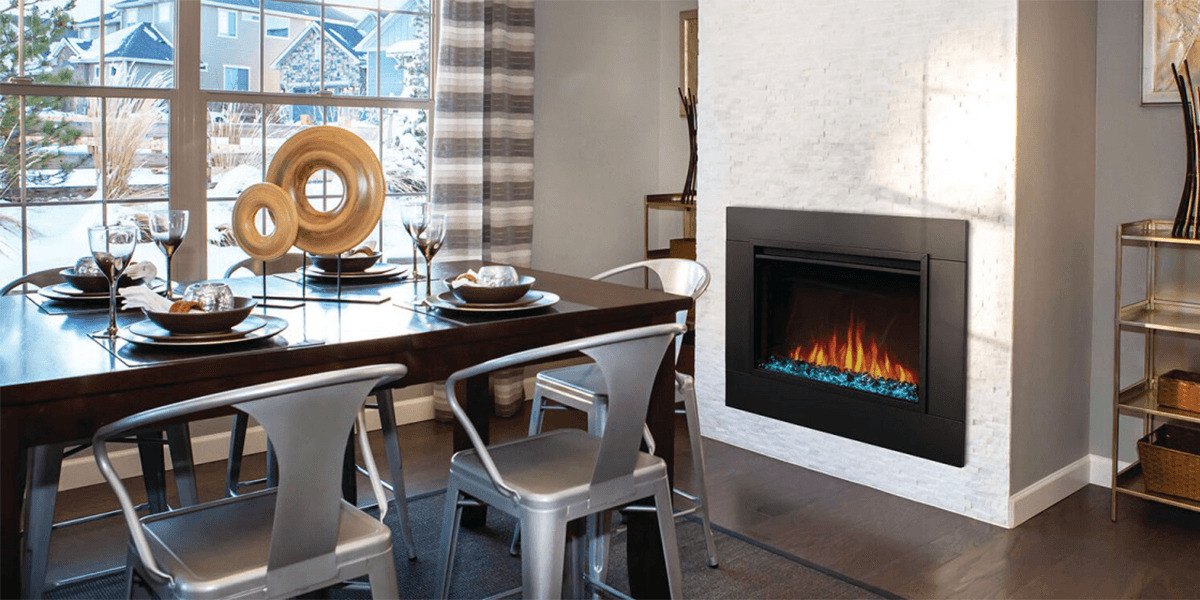
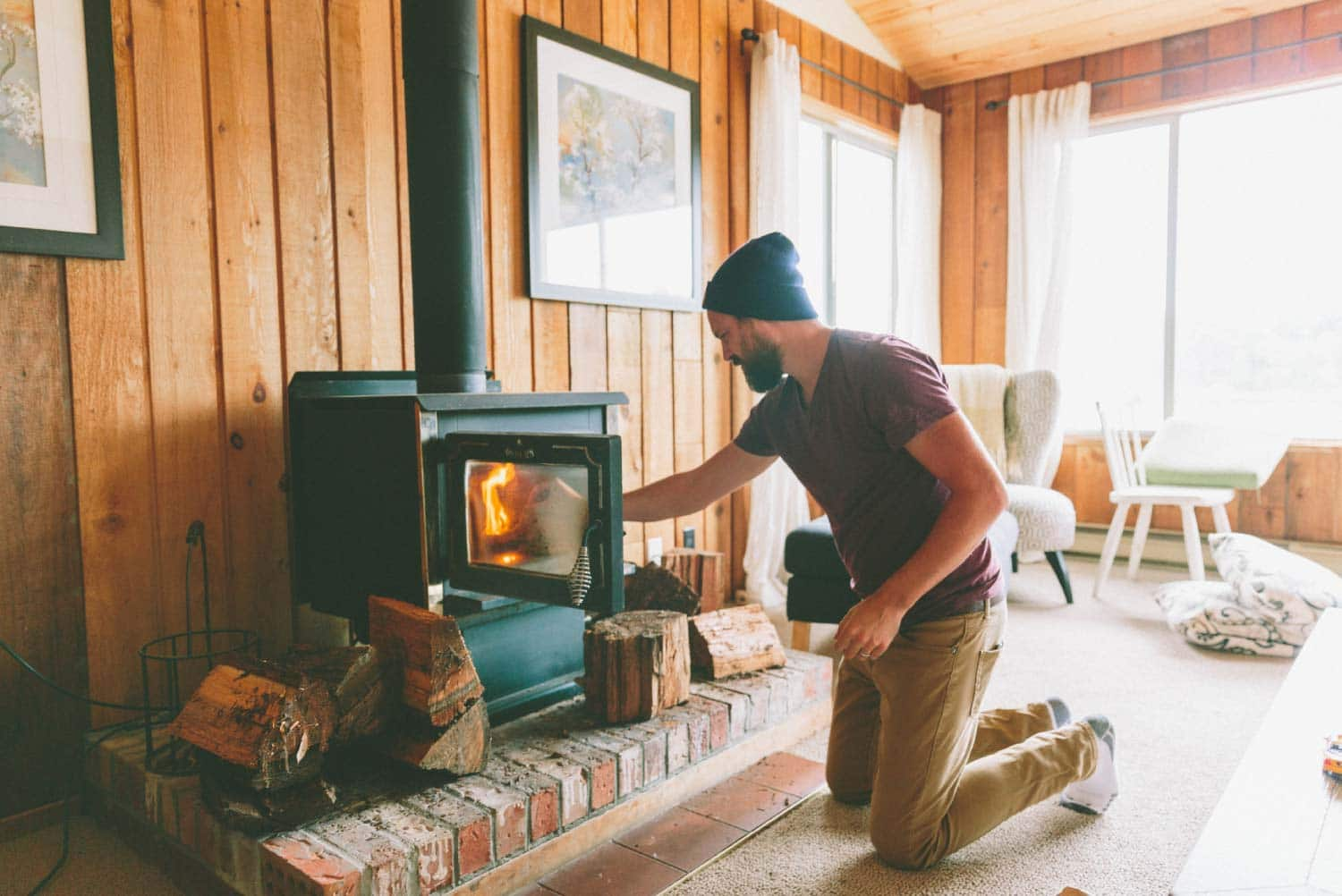
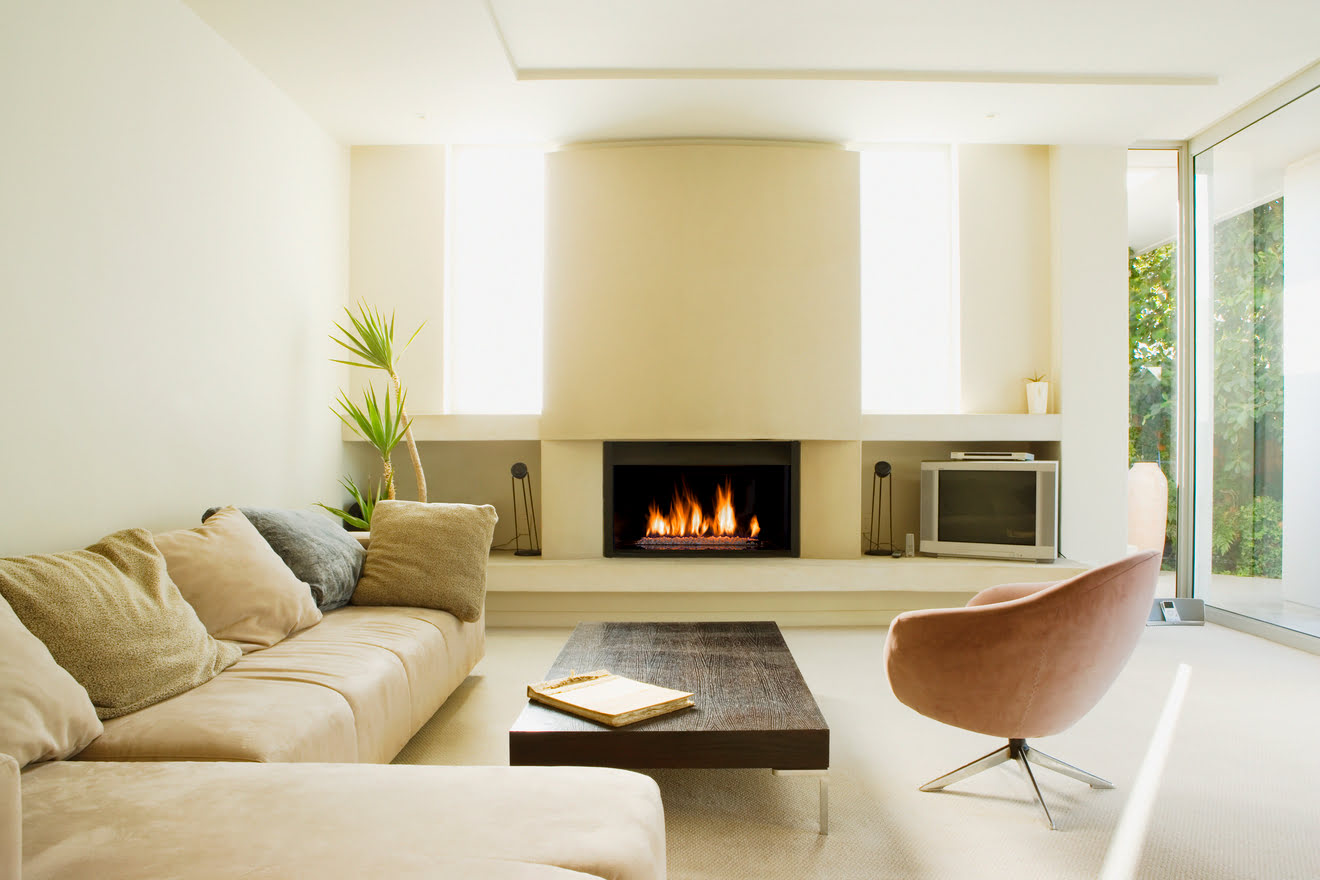
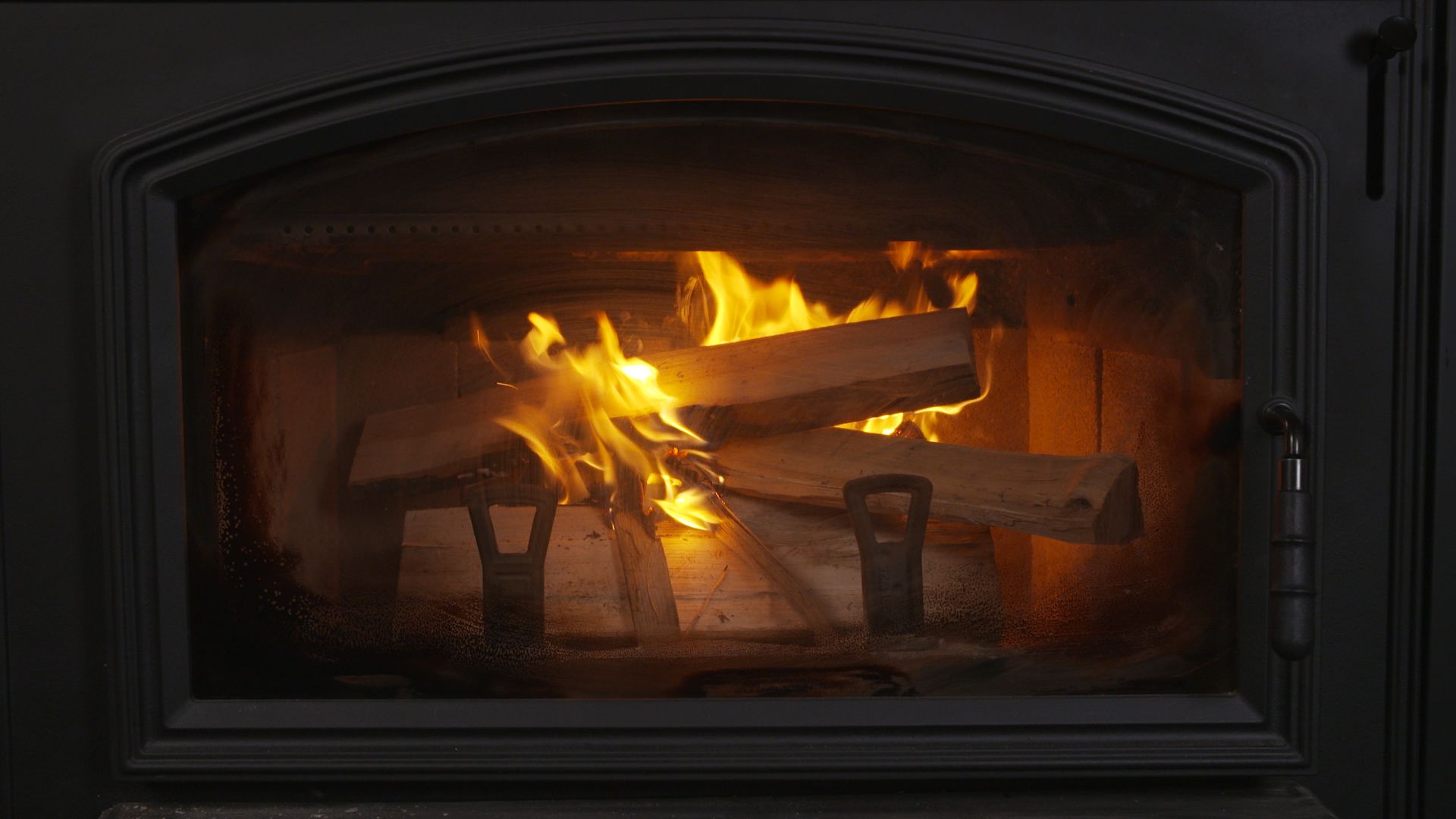
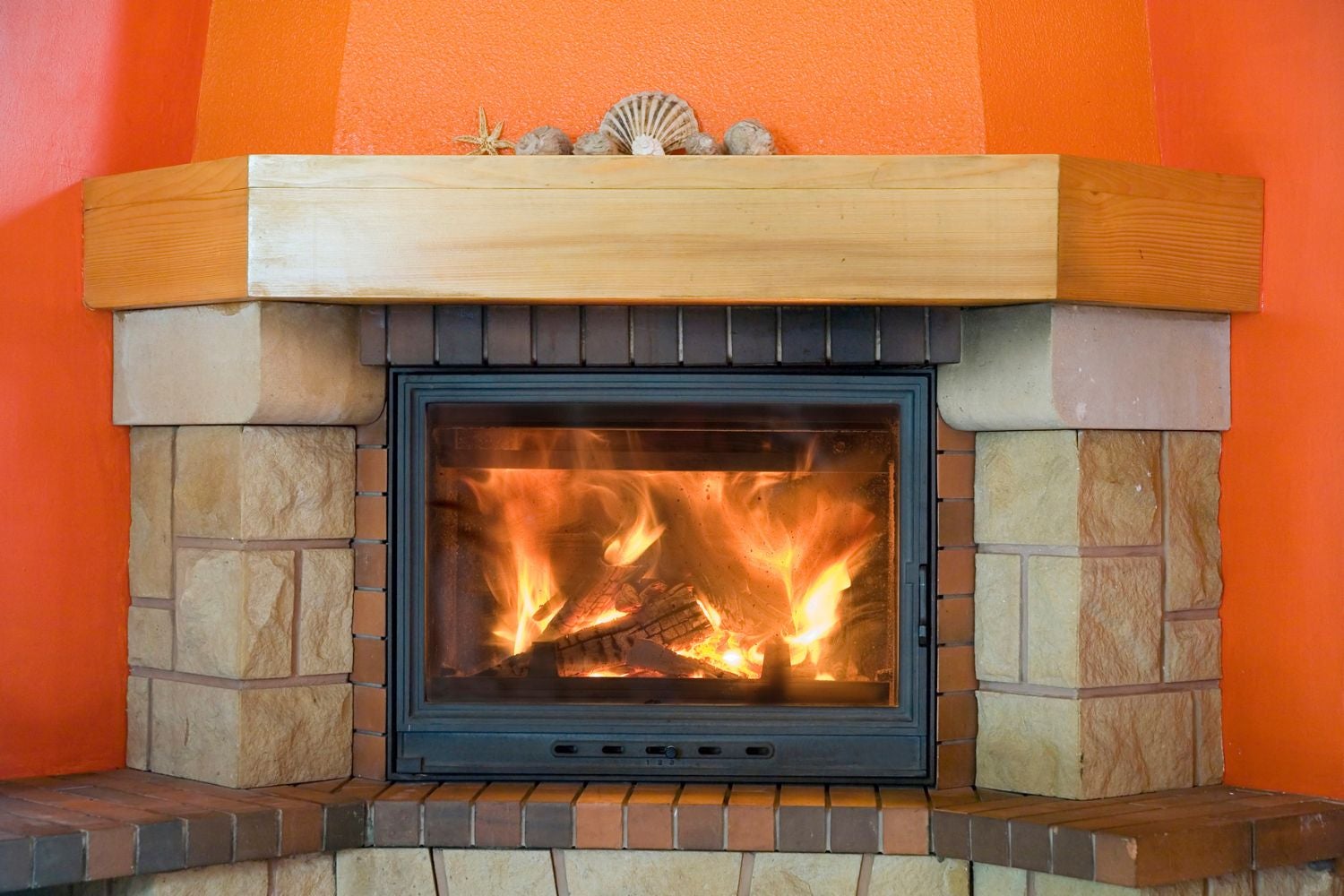
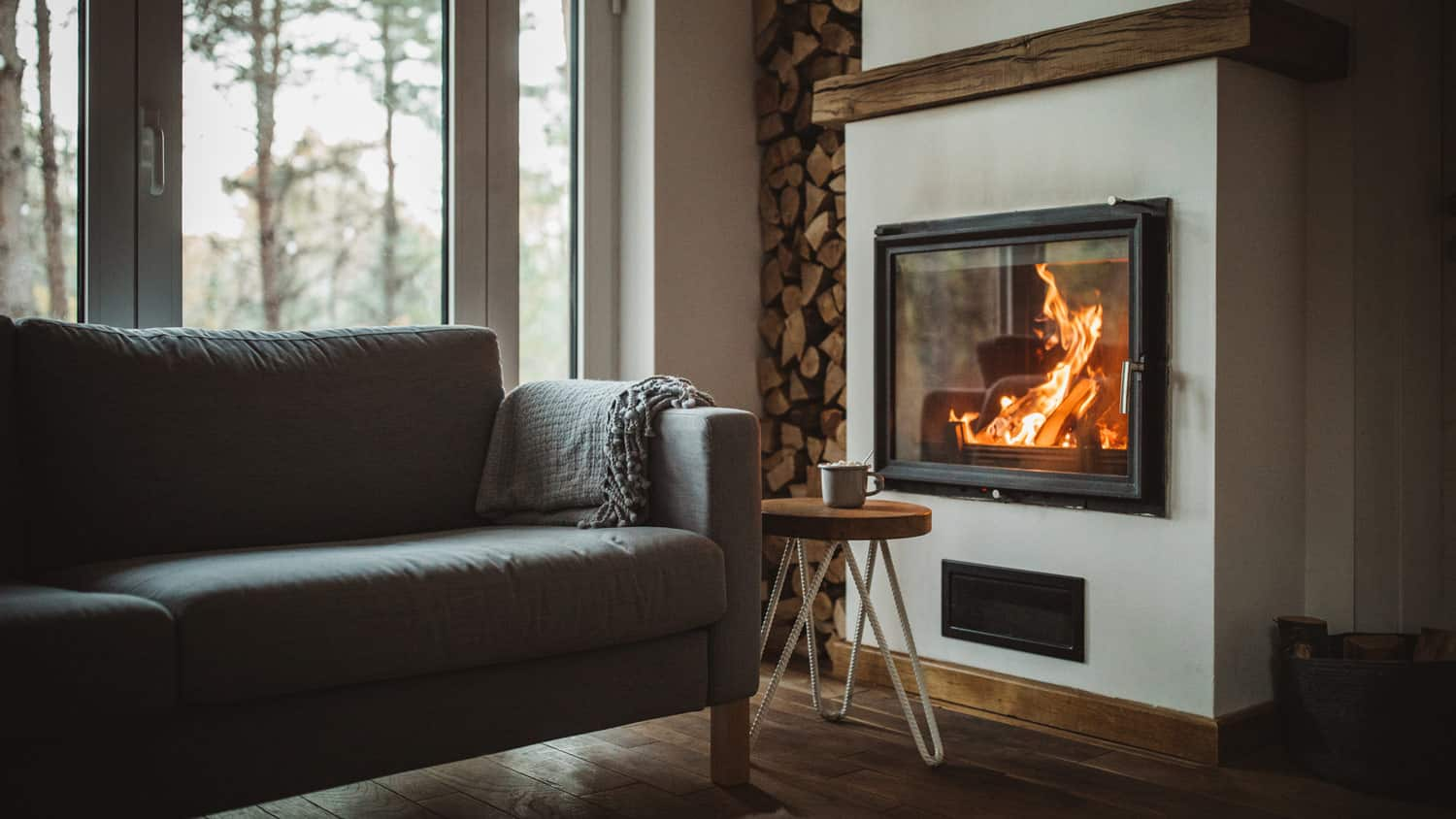
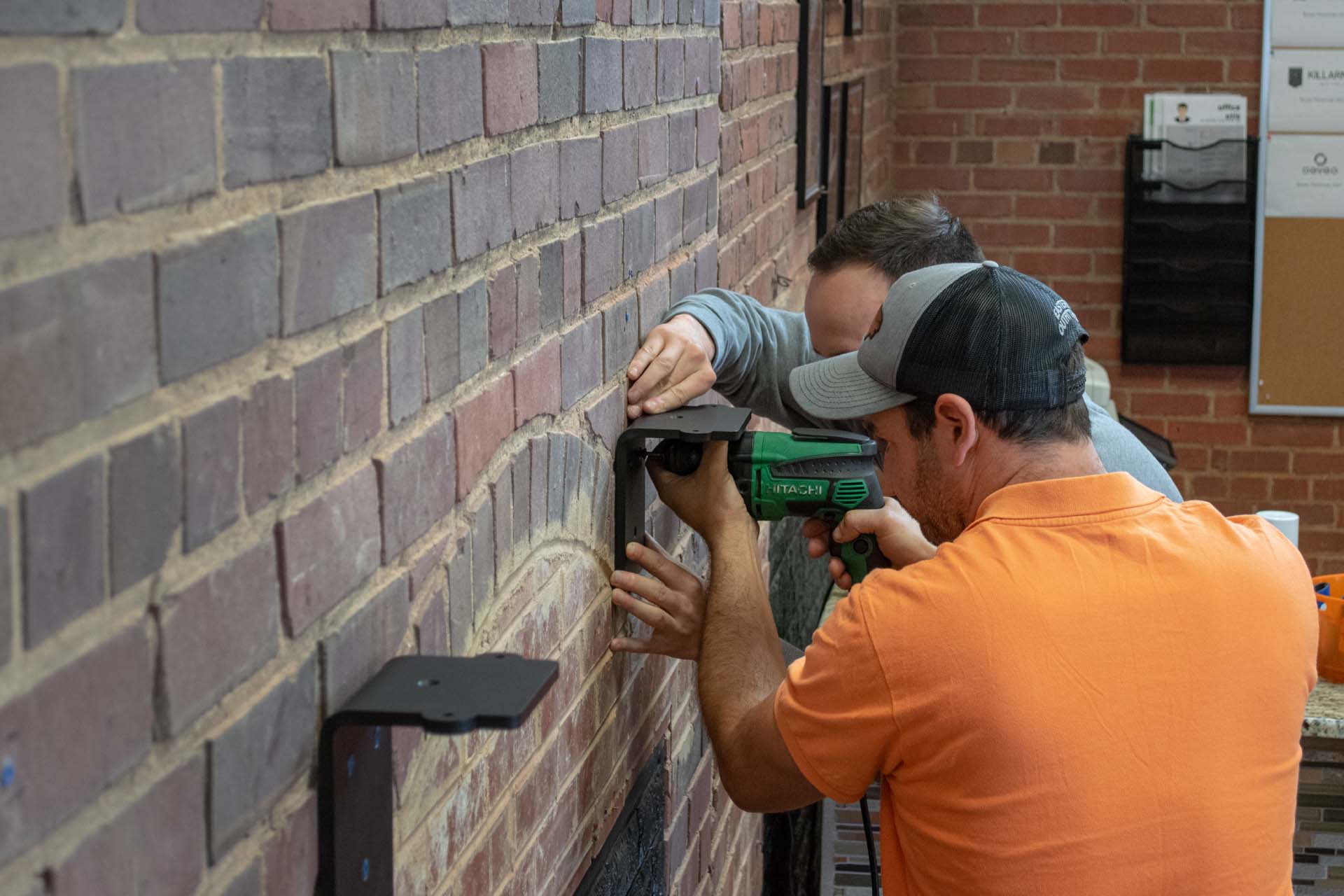
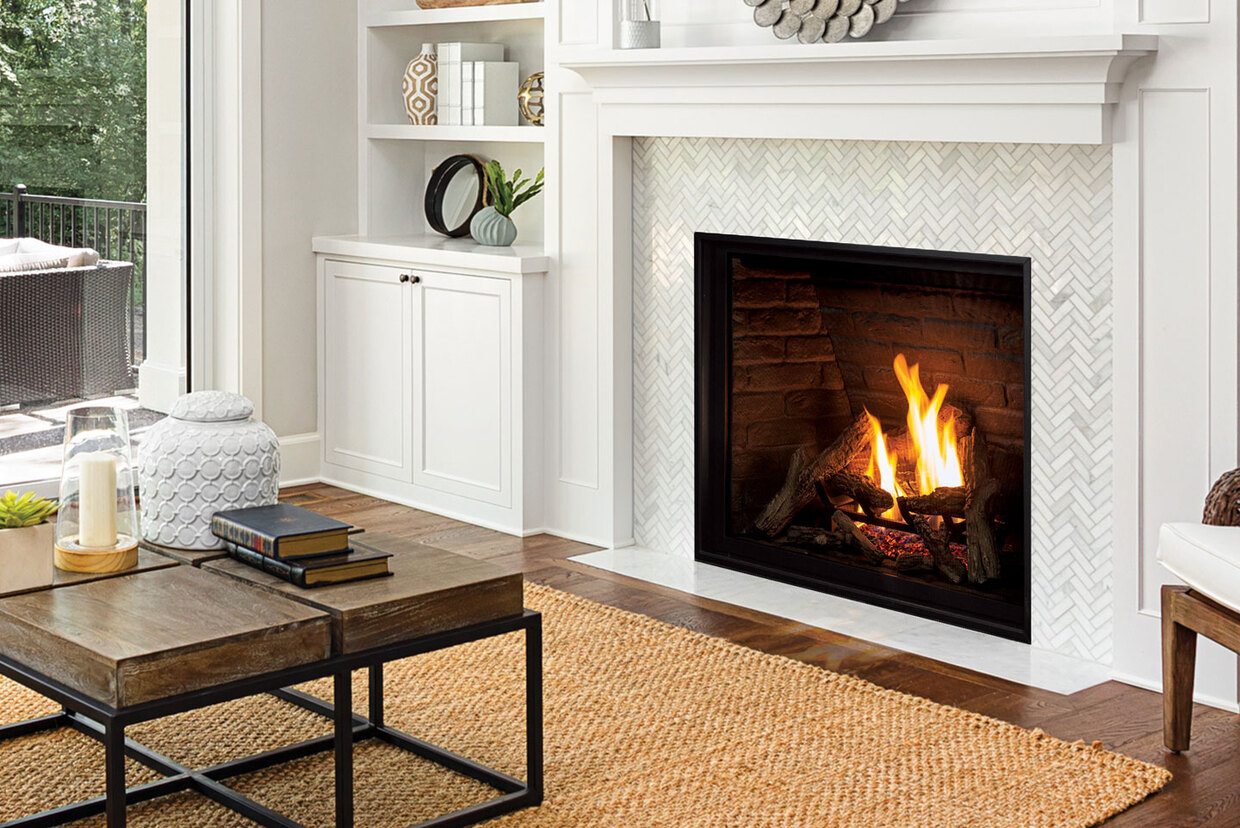
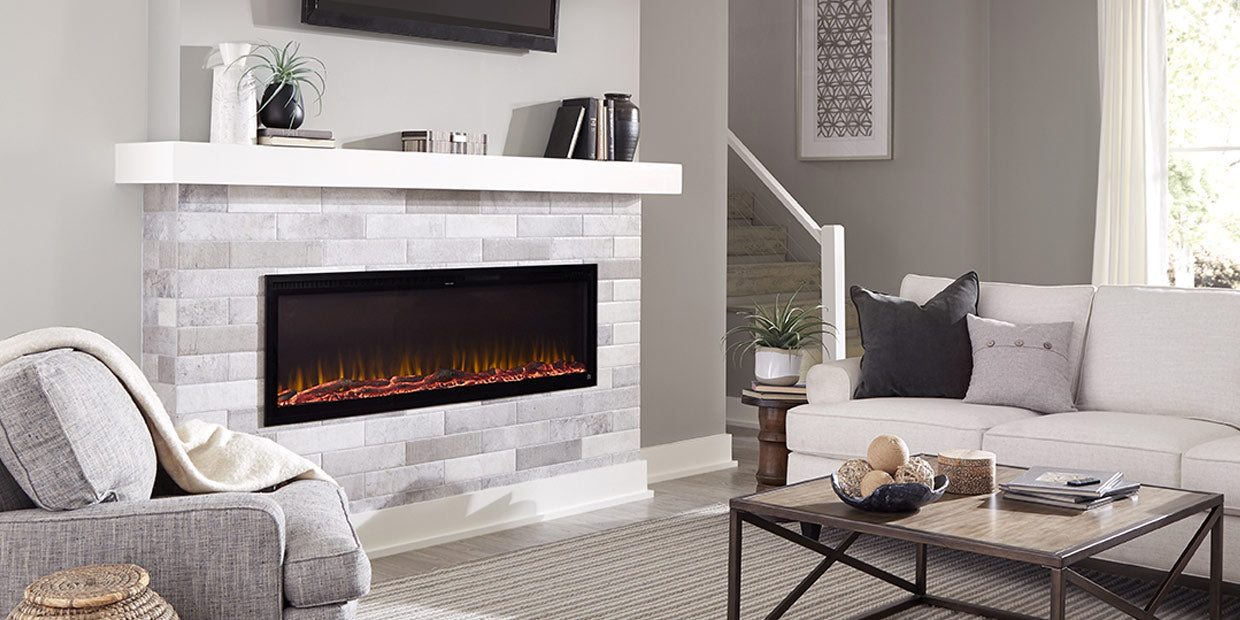
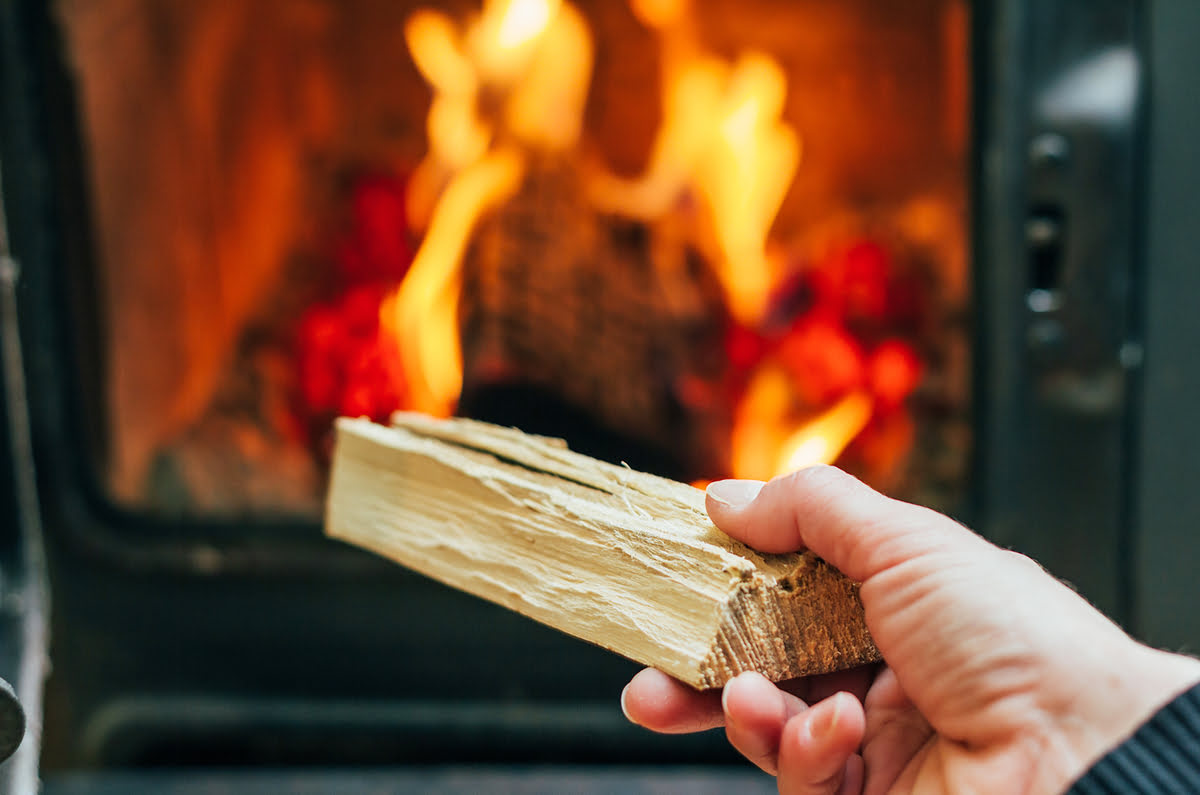
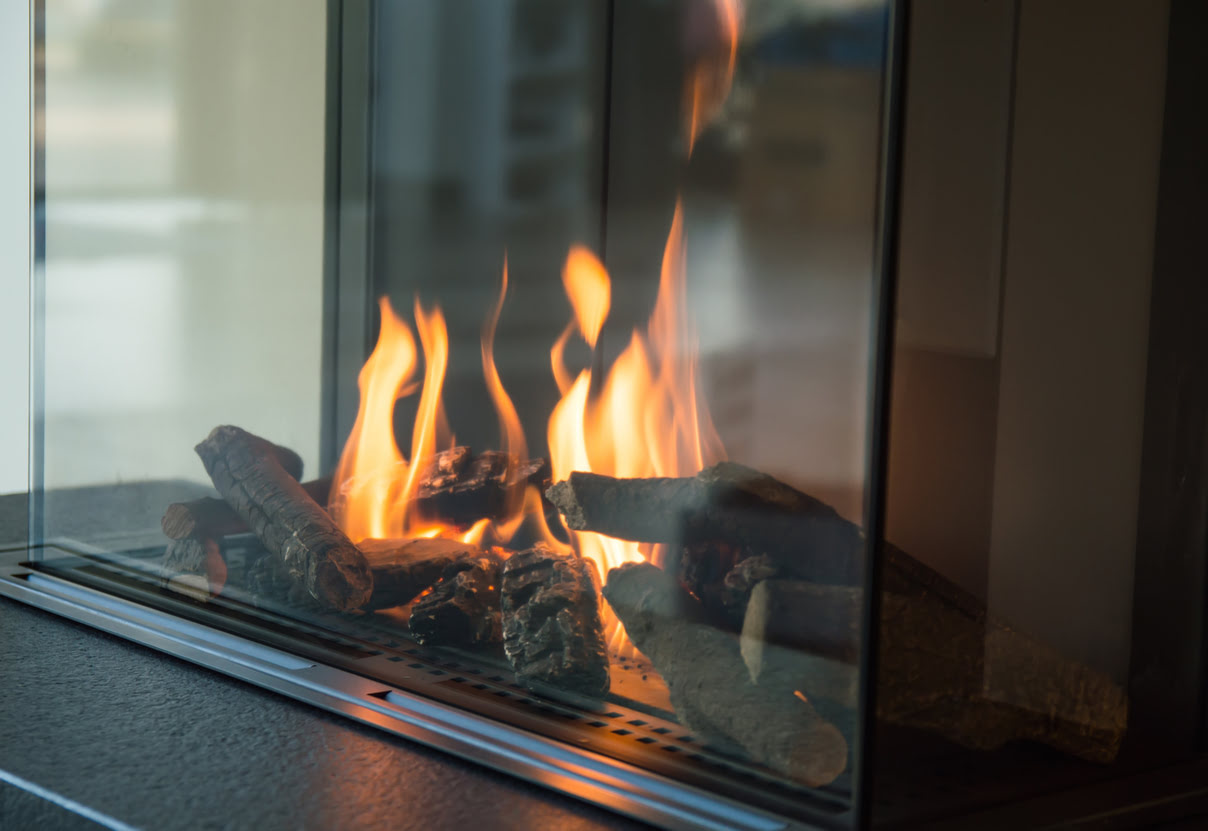
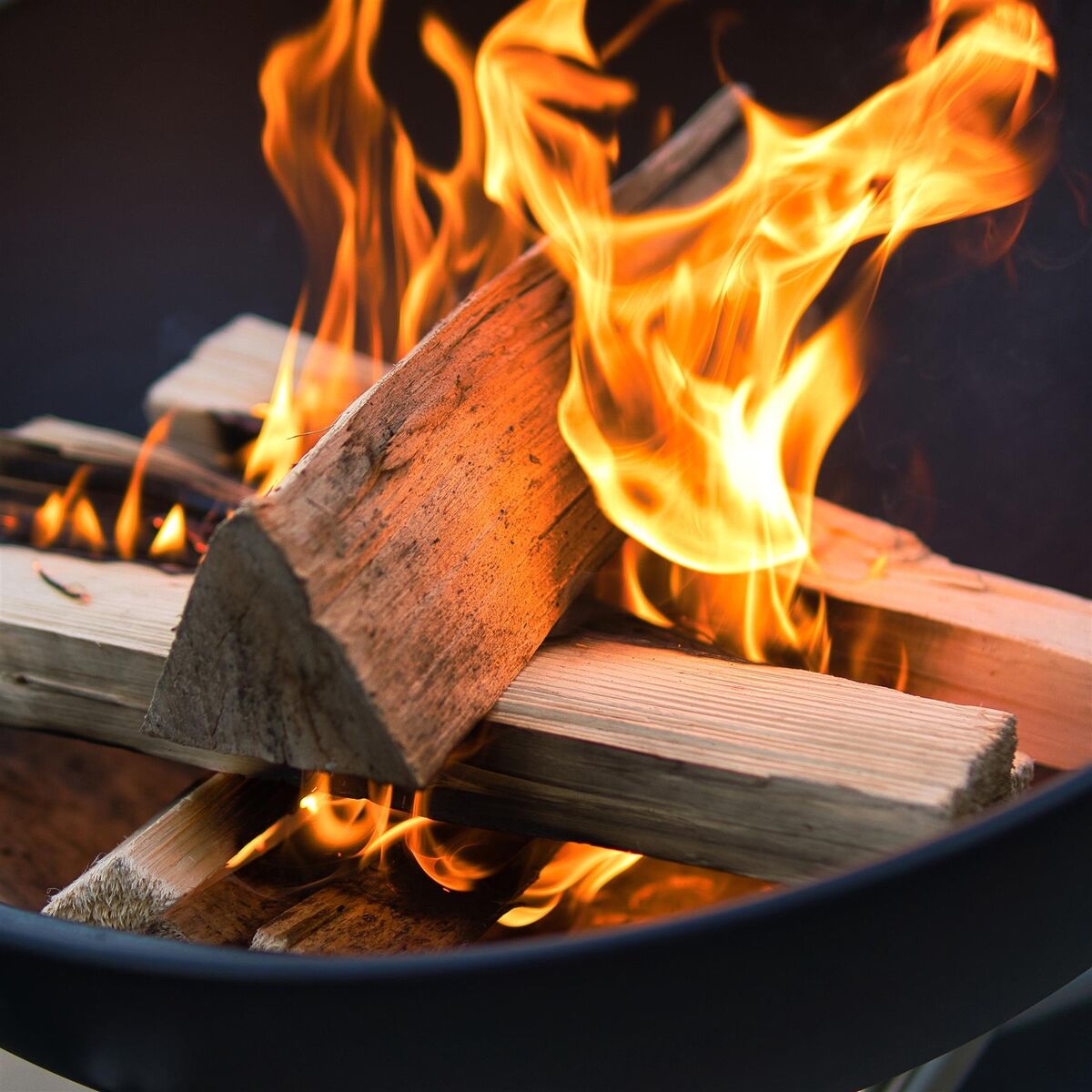

0 thoughts on “How Much To Install Wood Burning Fireplace”